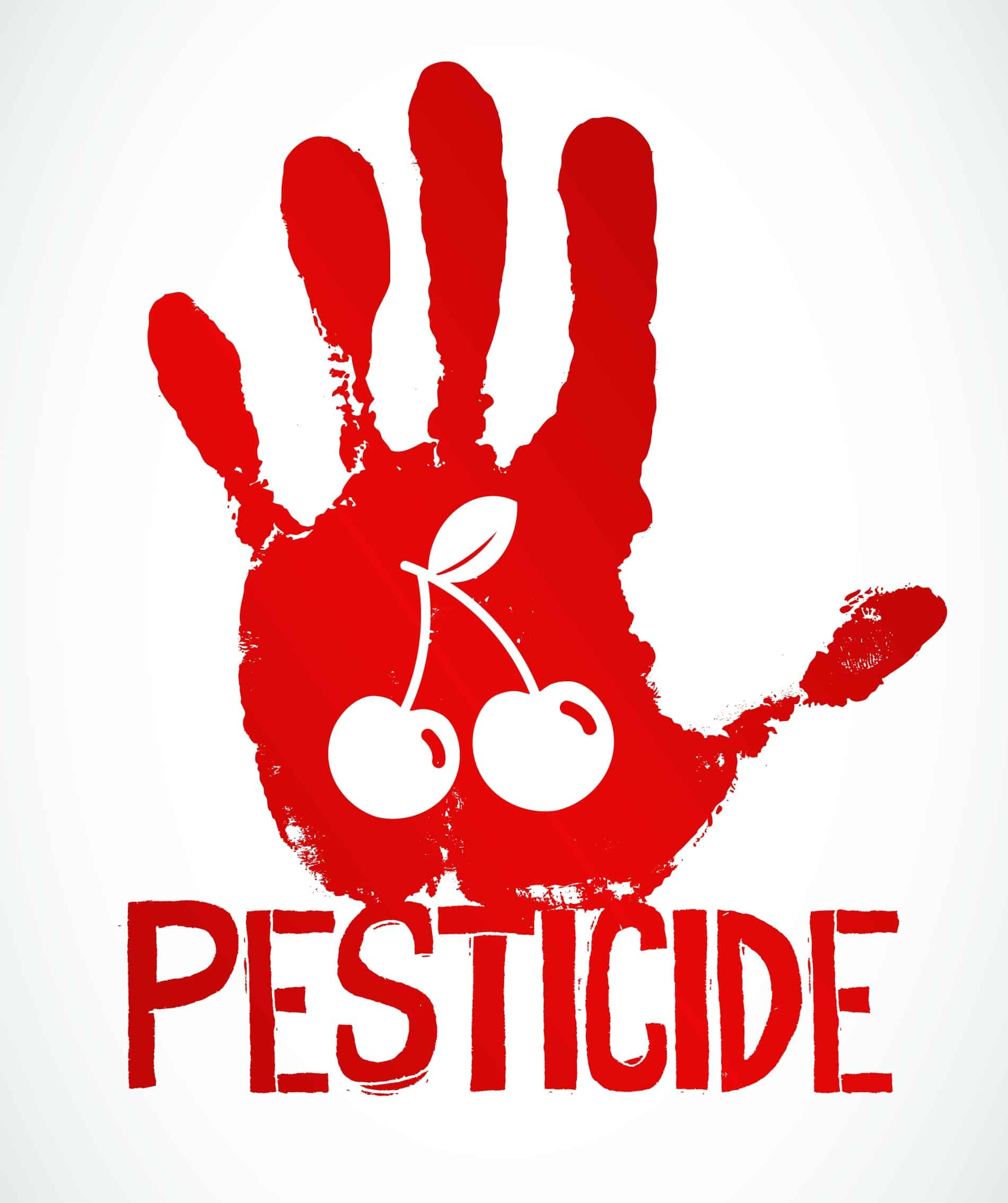Their population based case control study which may be the largest to investigated pesticides exposure and autism spectrum disorder used registry records to identify 2,961 patients diagnosed with ASD, including 445 diagnosed with ASD and intellectual disability; the cohort was matched with 35,370 healthy controls; participants were born between 1998-2010 in an agricultural region of California; 80% were male.
Data from the state mandated Pesticide Use Registry was integrated into a geographic information system tool by researchers from the University of California to link exposures to addresses from birth records to evaluate prenatal and infant exposures to 11 of 25 of the most commonly and heavily used pesticides which were selected for inclusion as prior studies have indicated they may have toxic effects on brain development. Degree of exposure was measured as pounds of pesticide applied per acre, per month, within 2 km of residence during pregnancy to glyphosate, chlorpyrifos, diazinon, acephate, malathion, permethrin, bifenthrin, methyl bromide, imidacloprid, avermectin, or myclobutanil.
Adjustments were made for potentially confounding factors such as air pollution, results indicate most of the pesticides were linked with at least a small risk of autism spectrum disorder; associations were strongest for chlorpyrifos, diazinon, and avermectin; and exposure during first 3 months around conception before pregnancy was weakly associated with ASD.
Pregnancy and infant exposure for all cases of ASD exposure to glyphosate, chlorpyrifos, diazinon, malathion, avermectin, or permethrin was linked to 10% increase in odds ratio; pesticide related risks were strongest for those with ASD and intellectual disability. “…cases of ASD with intellectual disability odds ratios had greater increases by 30-40% in pregnancy and infancy for glyphosate, diazinon, chlorpyrifos, myclobutanil, methyl bromide, and permethrin when considering pregnancy and infant periods separately…”
It was concluded; “Findings suggest risk of ASD increases with prenatal and infant exposure to several common ambient pesticides shown to affect neurodevelopment in studies.” “…exposure of pregnant women and infants to ambient pesticides with potential neurodevelopmental toxicity mode of action should be avoided as preventive measure against ASD.”




